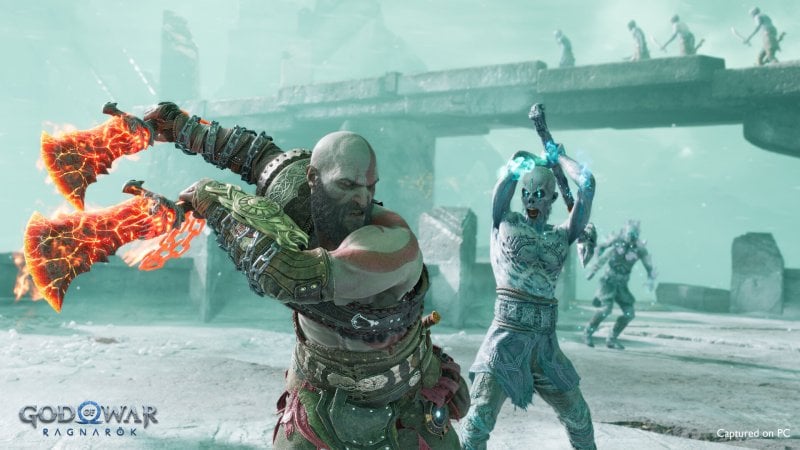The Last night’s State of Play was a perfect representation of the current market, that is, the one shaped by years of consumer choices. Many didn’t like it, but you can’t say it wasn’t a strong statement on the state of the industry, not least because it offered a crystal-clear vision of the immediate future of the currently best platform on the market.
Naturally many will say that it was not what they would have wanted, but looking at the last period it seems that those who express their preferences more vocally are either a minority that now matters less and lessor someone who says they want one thing and then buys something completely different.
Some people say they want more single-player games, but then they don’t really buy them, except for a few blockbusters. Marvel’s Spider-Man 2 sold 11 million copies? Sure, Stellar Blade was great too, but both were outclassed by Helldivers 2which will have cost a tenth of Insomniac Games’ title and less than EVE, and has much better prospects in terms of commercial lifespan.
A mixed future, which increasingly looks to microtransactions
It is true that Concord screams from every pore “come here and I’ll sell you a season passa couple of skins and a boost to unlock other skins more quickly so you can be cool on social media”, but it does so for a specific reason, namely because it’s a formula that works, when it manages to take root (it’s not necessarily the case that it succeeds , obviously, given the current congestion).
Moreover, the data in Sony’s hands, the ones it revealed in its recent meeting with commercial partners, speak really clearly: PS5 owners spend more on content than PS4 owners (+26%), but buy fewer full games (-12%), while they are increasingly happy to spend on microtransactions, DLC and similar (+176%) and services (+57%). In summary: more skins and season passes are sold than actual games. It’s not a very new scenario, considering that for years companies such as Activision Blizzard and Electronic Arts have billed mainly with in-game purchases of their live services. The graph released by Sony is therefore yet another reality check and also shows that spending on microtransactions could soon reach and exceed that for full games (it already exceeds it if we add the services).
So will single player disappear? Absolutely not, but, as is already happening, they will be scaled down in production terms and will increasingly be recycled in some way. For example, last night’s State of Play presented several first party PlayStation projects designed for single players, except that: God of War Ragnarok is a conversion and Until Dawn is a remastered. The only real novelty is Astro Bot, which given Asobi’s pedigree risks being exceptional, but we are still talking about a minor production by the standards to which Sony has accustomed us in recent years.
The highlight was the Concord live service, to which the greatest space has been dedicated. The remaining titles all came from third parties and were of various types (both single player and live service). In reality they have one thing in common: they are not huge productions, apart from Monster Hunter Wilds (after all, it is Capcom’s strongest series at the moment) which, given the previous ones, will have no shortage of DLC and similar.
Sony also continues to invest in single players, as mentioned, but has fewer and fewer studios dedicated entirely to their development and prefers to look for interesting third-party projects to invest in, so as not to be tied down. Those who thought there would be a turning point after the closure of The Last of Us Online will be disappointed, but I don’t think it’s possible to go back at this point, also considering that the mobile market, made up almost entirely of live services, is increasingly challenging.
This is an editorial written by a member of the editorial team and is not necessarily representative of the editorial line of Multiplayer.it.
#single #player #live #service #State #Play #showed #state #industry

